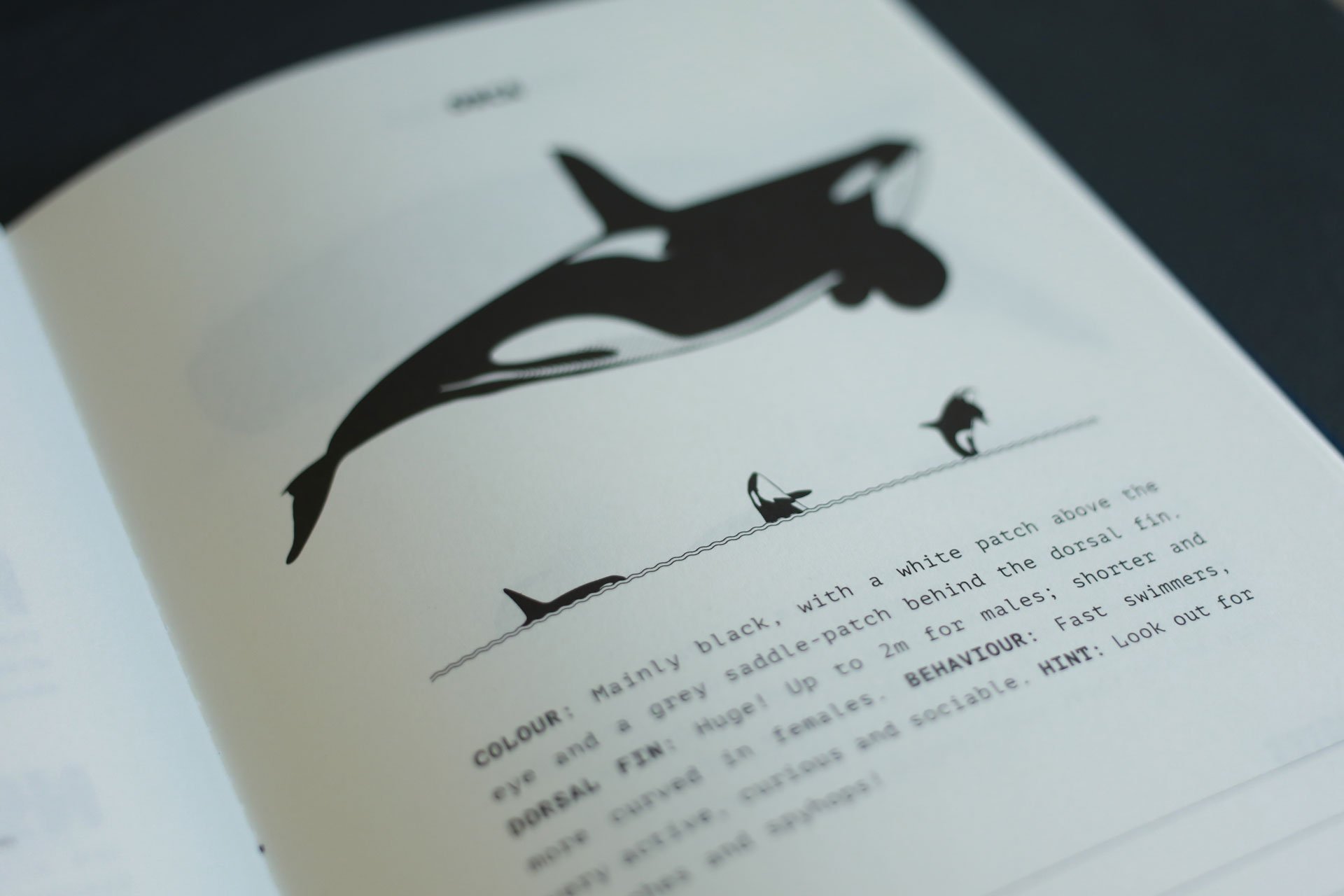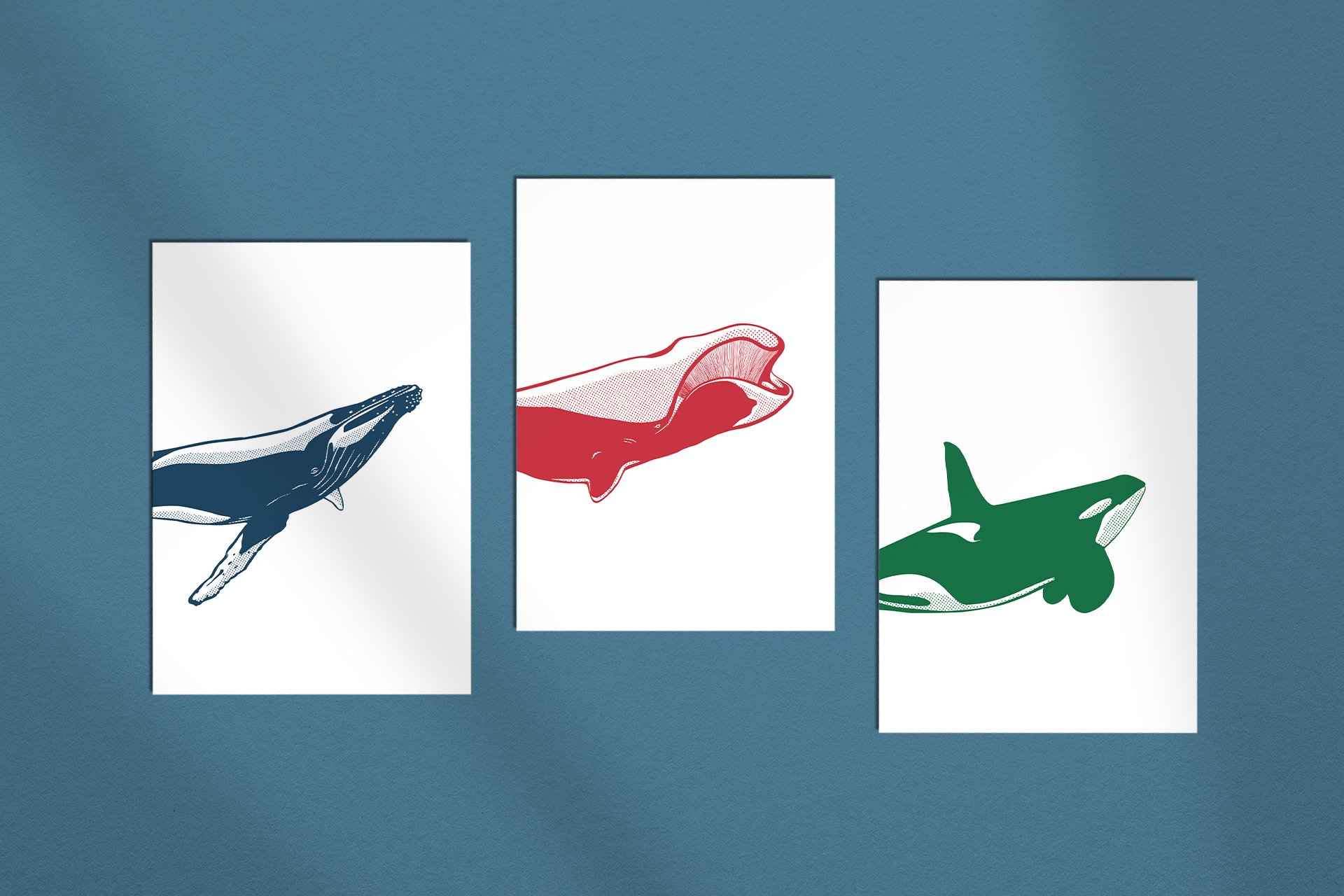Australia
The land of kangaroos and koalas is also home to plenty of whales. Almost all year round!
Photo: Oliver Dirr / Whaletrips
whales: Australia
Along the Australian east coast, you can accompany thousands (!) of humpback whales on their annual migration between subtropical breeding grounds and Antarctic feeding grounds. The perfect road trip!
Every year, thousands (!) of humpback whales migrate back and forth between their Antarctic feeding grounds and subtropical breeding grounds – most of them very close to the eastern coast of New South Wales and Queensland, which means that tours can be organised from numerous locations to observe the whales on their way north or south, depending on the time of year. These migrations are among the largest marine migrations in the world.
In June and July, the humpback whales make their way northwards, at this time they are best seen in the south – from Eden to Sydney. In October and November they head back south, with Hervey Bay, Gold Coast, Byron Bay and Coffs Harbour being the best places to see them. The peak of the whale-watching season is therefore earlier or later in the year, depending on the location.
Generally speaking, whales migrate at different speeds and many don't travel the full distance, so you have a good chance of seeing them anywhere on the east coast between June and November. Information on whale watching in Queensland and New South Wales in general can be found here.
With a good 70 per cent of all tours, the east coast of Australia with Queensland and New South Wales is the most important whale-watching region in Australia. Whale watching is even possible in the Great Barrier Reef, but here it is mainly about minke whales, not humpback whales.
Southern right whales can also be found on the coasts of New South Wales between June and November, although they do not migrate nearly as far north as humpback whales do – southern right whales are most likely to be seen around Eden (the museum here even sounds the alarm as soon as whales are spotted in Twofold Bay). There is also the "Eden Killer Whale Museum" in Eden, but orcas are seen less frequently here.
Observations from land are very well possible in some places in New South Wales: the NSW Department of Environment and Climate Change lists 14 locations within national parks between the Cape Byron State Conservation Area in the north and Ben Boyd National Park in the south.
The fluke of a young humpback whale frolicking next to its mother off the coast of New South Wales. Photo: Oliver Dirr / Whaletrips
Between June and September, southern right whales migrate back and forth between the coasts of Tasmania and Victoria. The best starting point for a boat tour is Port Philipp Bay, directly from Melbourne. A little further west lies Warrnambool, which describes itself as the "nursery of the southern right whales", because numerous southern right whales regularly come here to raise their young. The best place to watch them from land is Logan's Beach.
The waters of the Great Australian Bight Marine Park are one of the most important breeding areas for southern right whales – between 60 and 100 of them can be observed here every day between June and November. From Yalata, a little further west, land-based observations are also possible. Around the Fleurieu Peninsula near Adelaide, southern right whales and humpback whales are best observed between May and October.
Between November and May, there are also numerous blue whales congregating in the Bass Strait between Victoria and Tasmania – these waters are one of only twelve known areas in the world where blue whales are regularly spotted. The best time to see them is between November and May from Portland.
Humpback and southern right whales, occasionally blue whales, can also be seen on the south coast of Western Australia between May and December. The best places for whale-watching tours are Esperance, Albany, Augusta, Dunsborough and Perth on the south-west coast, and in many places it is also possible to observe whales from land.
The waters around Bremer Bay, Fitzgerald River National Park and Cape Arid are well-known breeding grounds for southern right whales. Bremer Bay Canyon is also a very good area for observing orcas, which are frequently encountered here, especially between February and April. Overall, however, whale watching on the wider west coast is not as important as on the east coast and in Victoria.
Photo: Oliver Dirr / Whaletrips
TO DO: Australia
On a road trip along the Australian east coast, you can snorkel in the Great Barrier Reef and climb the world's largest island of sand with dunes 200 metres high. Further south you'll find the best surfing spots and plenty of kangaroos and koalas.
The Great Barrier Reef (World Heritage Site! One of the Wonders of the World!) on the north-east coast of Australia forms the largest coral reef in the world and, with over 350 species of coral, it is the largest living structure in the world. The reef system stretches over 2,000 kilometres and consists of several thousand islands and sandbanks – it's so big that you can even see it from space.
Billions of animals live here: Tropical fish, rays, starfish, sponges, jellyfish, dolphins, sharks, turtles, even minke whales can be found here – the perfect place for snorkelling, diving or just a trip on a glass-bottom boat. Peak season is between June and December, with the best underwater visibility from August to January. The shortest way is from Cairns, 30 kilometres by boat.
“Travelling further south via the Sunshine Coast and Gold Coast, you reach Byron Bay, which is one of the most popular places on the east coast, and not just because of its great surfing beaches and whale-watching tours.”
A little further south you'll find Fraser Island, the largest sand island in the world at 120 kilometres long and 15 kilometres wide. There are dunes 200 metres high (!), rainforests and lots of wildlife. The island is easily accessible from Hervey Bay, but can only be explored by off-road vehicle – there are also guided tours.
Hervey Bay is one of the most popular whale-watching locations on the east coast. Boats depart here from the beginning of August to the beginning of November to Platypus Bay and from there from school to school to find the most active whales. There are also some operators with underwater windows in their boats so that you can see the animals underwater without having to swim with them.
Travelling further south via Sunshine Coast and Gold Coast, you reach Byron Bay, which is not only one of the most popular places on the east coast because of its perfect surf beaches and whale-watching tours, but also because of the many kangaroos and koalas that live here. The Lighthouse Trail is very popular, passing beaches and steep cliffs, and whale watching from land is also possible at the lighthouse.
The ideal companion for your next trip: Check out our NOTES in five great colours – with plenty of space for all notes, observations and memories. Order now!
Halfway to Sydney lies Coffs Harbour, also a good place for whale-watching tours. Not far inland there is also Dorrigo National Park, a rainforest with beautiful and easy circular hiking trails, where you can even reach treetop level via a skywalk-platform. The park is part of the Gondwana rainforests, which are a World Heritage Site.
From Coffs Harbour, it's another 500 kilometres to Sydney, where you can get a tan on Bondi Beach, marvel at the harbour and the Opera House or hike along the Clifftop Walk from Bondi to Coogee. 65 kilometres west of Sydney are the Blue Mountains, which can be hiked as a day trip or with an overnight stay on site.
A little further south, on the border to Victoria, are the Snowy Mountains, which are part of the Australian Alps. Highest mountains: Mount Kosciuszko (2228 metres) and Mount Townsend (2209 metres), so not quite as high as the mountains of the European Alps – skiing is still possible.
Even more Places
〰️
Even more Places 〰️
Whaletrips Shop
The ideal Companion for your whale trip
All the whale facts you need while on the road – with plenty of space for own thoughts and observations!
Whaletrips Shop
Our Whales as Cards and Stickers
Colourful, finely illustrated, ready to stick on: Our whales are now available as stickers and greeting cards!
Whaletrips Shop
Beautiful whale Notebooks
Whether for travelling or at home: our high-quality whale notebooks come in five beautiful colours!
Whaletrips Shop
Our favourite photos for your home
Brightens any wall: a selection of our favourite motifs is available as elegant fine art print for your home.








